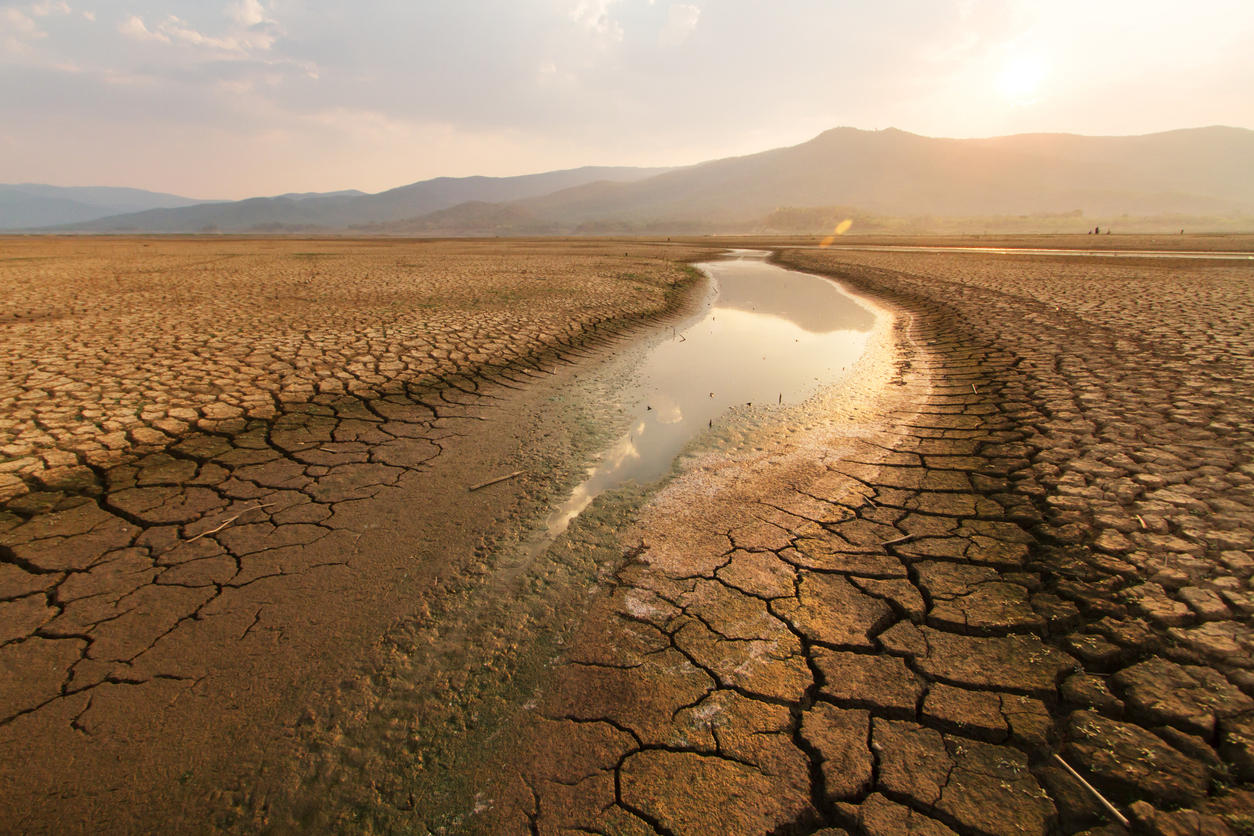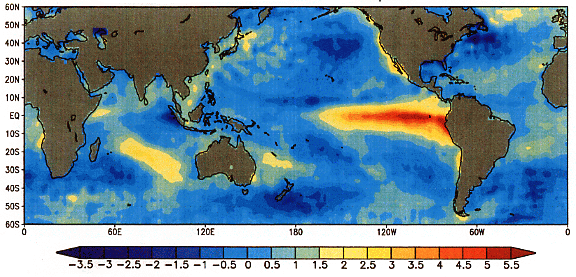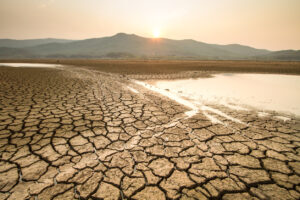
Early warning systems and funds are immediately needed to avoid the trouble of 2015/2016 famine in the future

El Niño is a weather phenomenon that begins in the Pacific and has adverse and unforeseen effects throughout the world. If we talk of current times, then it has played parts in the recent droughts in Africa especially in the east and southern part of the continent. According to a study published in the Natural Climate Change, the 1.5 degree Celsius increase in the temperature of the Earth due to global warming is going to increase the number of adverse El Niño events by 100%.
Even Paris Agreement can’t limit the effects of global warming
The ambitious goal of Paris Agreement is to stabilize the current rise of temperature. Even if this feat is achieved, we will still for the next 100 years experience El Niños more often. Climate specialists are advising African countries to prepare themselves for more famines and floods as a consequence.
Early warning system and action funds are the need of time
Richard Ewbank, a global climate expert says that these preparations should include an early warning system to forecast for at least a year in advance, along with early action funds to tackle the impending disasters.
Due to the extremes of weather resulting into droughts and floods, regular crop failures might turn into a full scale crisis. According to him, it will require “a much more expensive humanitarian response”. He urges the international community to help and assist African countries in this regard. “The main call would be for the international climate funds such as the Green Climate Fund to take the initiative here”, he adds.
Climate studies and forecasts can help in tackling the consequences of El Niño
The Intergovernmental Authority on Development Climate Prediction and Applications Centre (ICPAC) has advised African countries to consider all the environment related studies and forecasts serious and critical for tackling the events of El Niño.

According to Philip Omondi, a climate information expert at ICPAC, predictions of El Niño even six months in advance are not being utilized by the authorities to prepare themselves adequately.
“Predictions by scientists have been accurate in the past few years but in Africa there is a lack of goodwill by decision makers to take early action,” Omandi told in an interview.
Africa is still reeling from the events of previous El Niño events
There is a reason why all the climate experts are urging African governments to prepare for future El Niños. Due to severe aftermath of El Niño events in 2015 and 2016, more than 36 million Africans were affected and the continent is still recovering from its impact.
According to experts, each region of the continent faces a different problem when confronted by an El Niño. For instance, Southern Africa faces drought, while East Africa experiences floods. The opposite of El Niño, La Niña can also aggravate the problem of global warming with a whole new set of consequences in the coming years.


